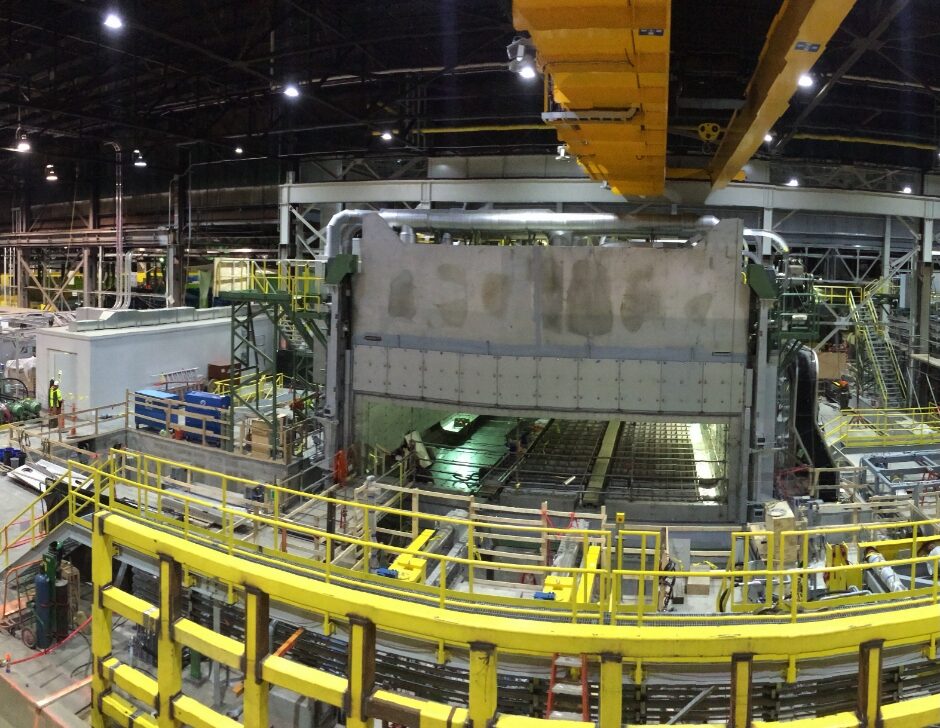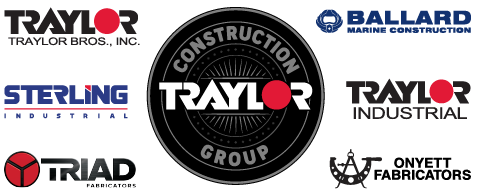
Alcoa Warrick Operations, Pusher Furnace
Our team performed the installation of two Ebner furnaces at the Alcoa Warrick facility in Newburgh, IN. This project consisted of multiple phases. Phase one included the general contracting phase that consisted of modifying the existing 813A building structure to accommodate space for the two new pusher furnaces. Phase two consisted of installing the equipment foundations. The entire site was excavated down six feet to allow for adequate head room to drive 245 H pile. Phase three consisted of the mechanical portion of the project. This portion involved the erection of two, five zone pusher furnaces and all the entry and exit handling equipment associated with the furnaces. In total, over 181,000 linear feet of wiring was installed to power and control the furnaces and handling equipment.
These new furnaces preheat ingots prior to hot rolling and replaced approximately 25, 40-year-old obsolete furnaces. These high efficiency furnaces use nearly half the natural gas of the previous furnaces and provide a significant cost avoidance of the rebuilding of the 25 existing batch preheat furnaces.


